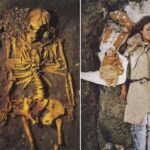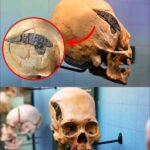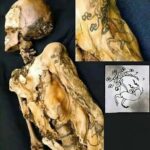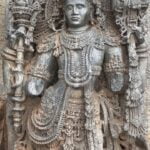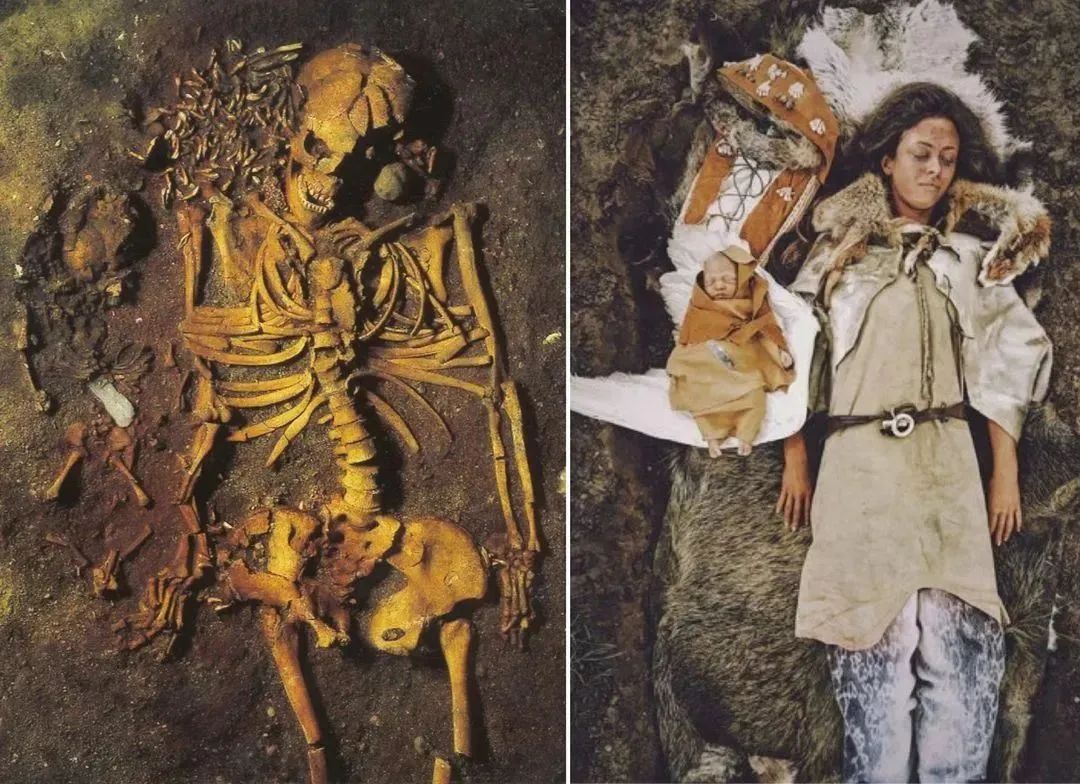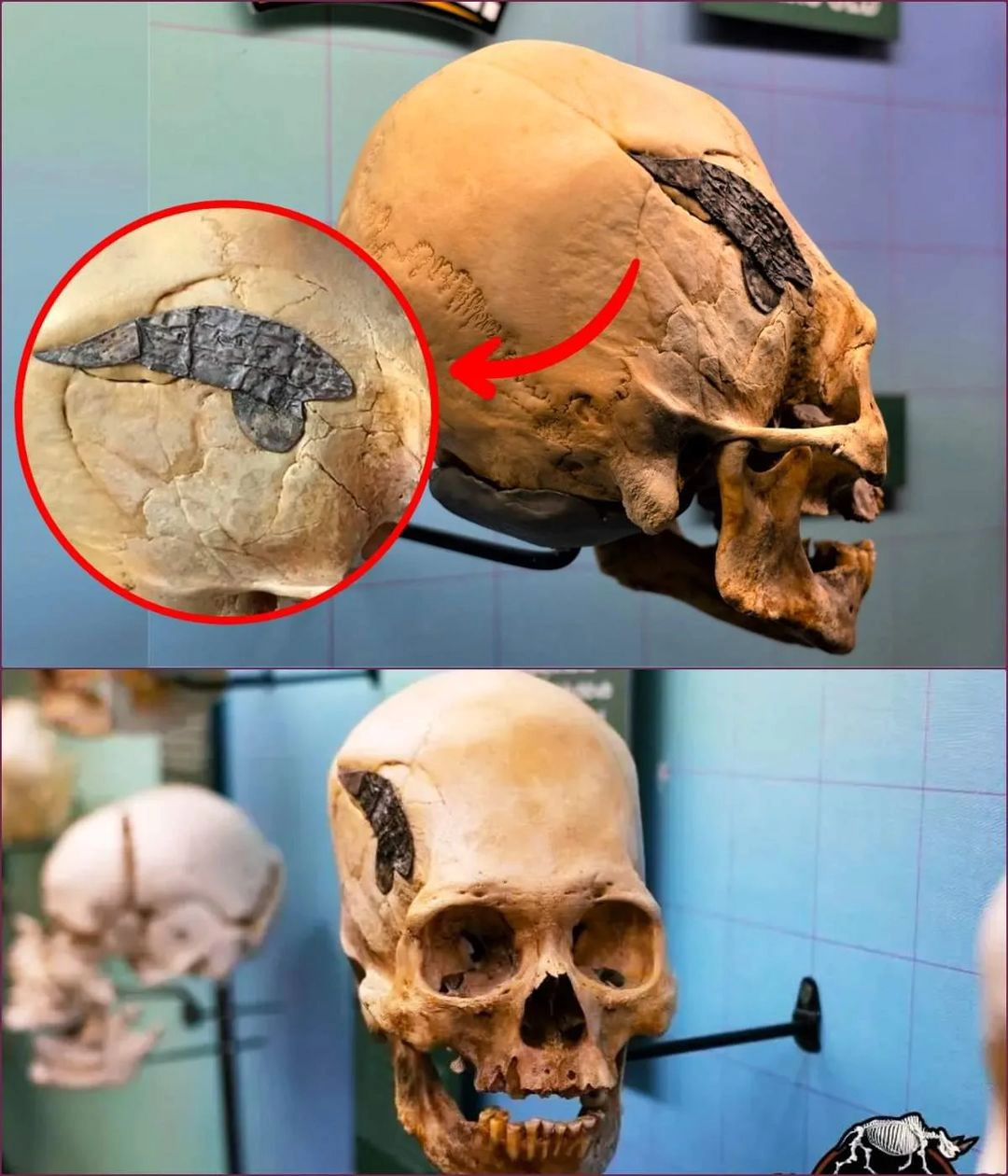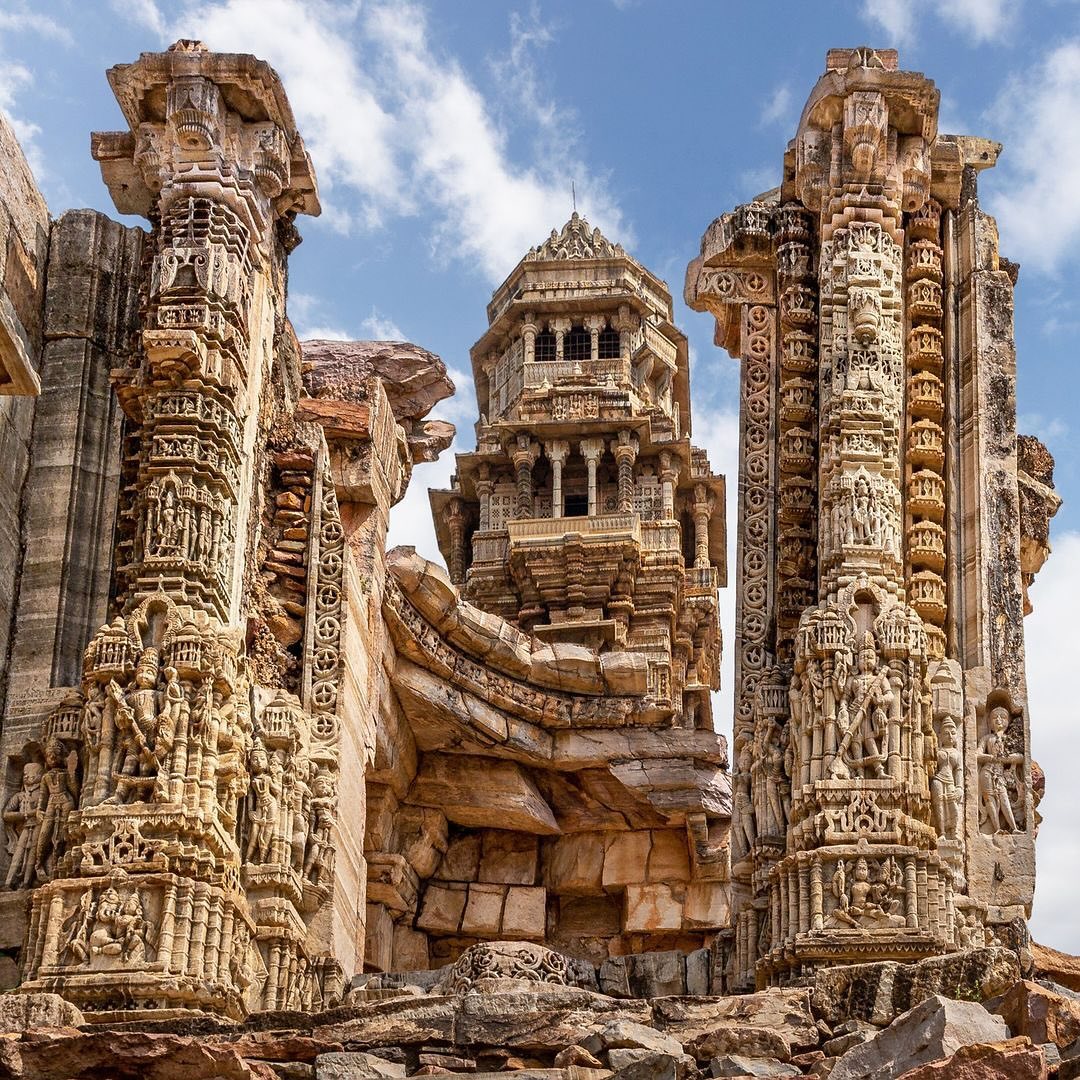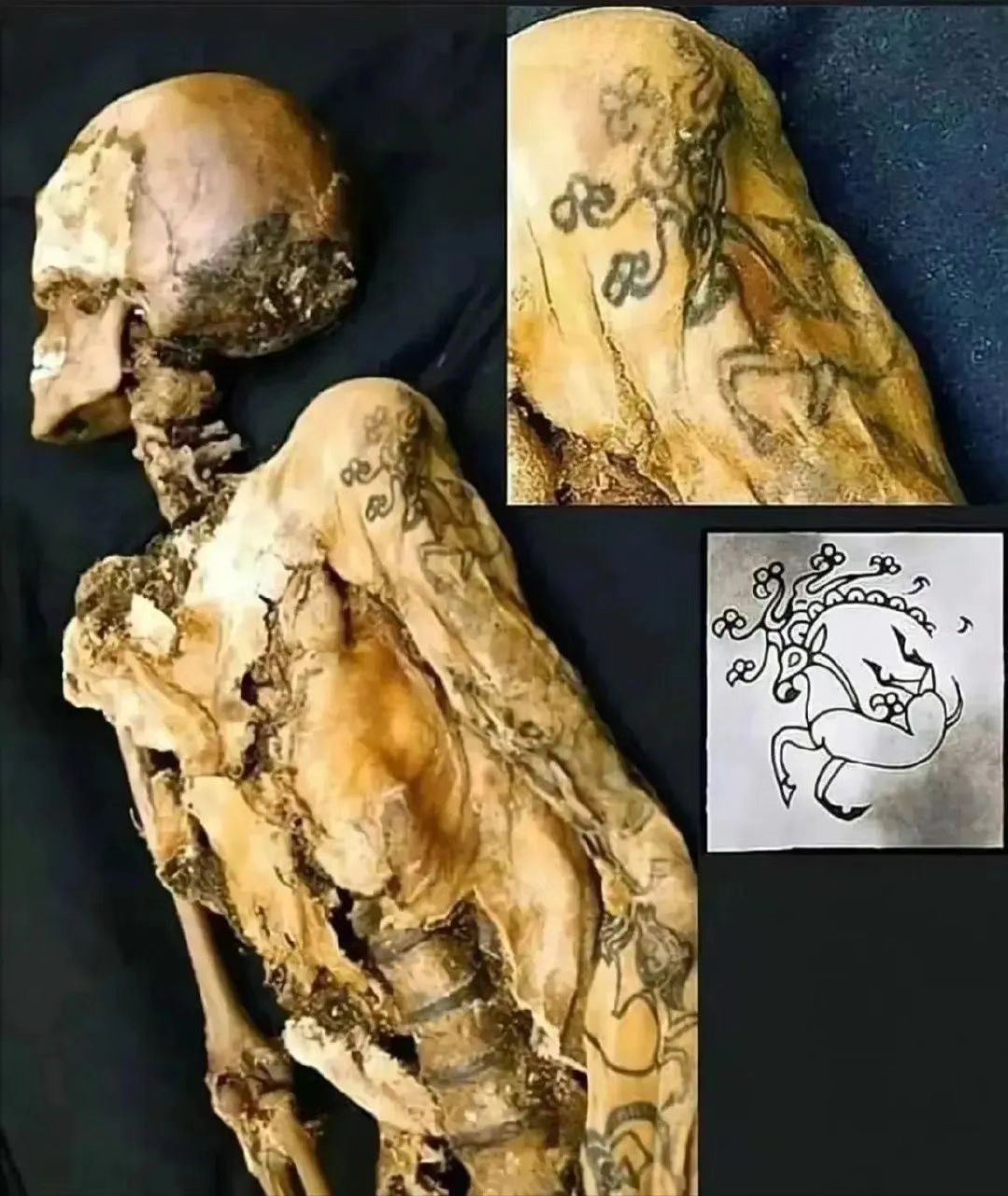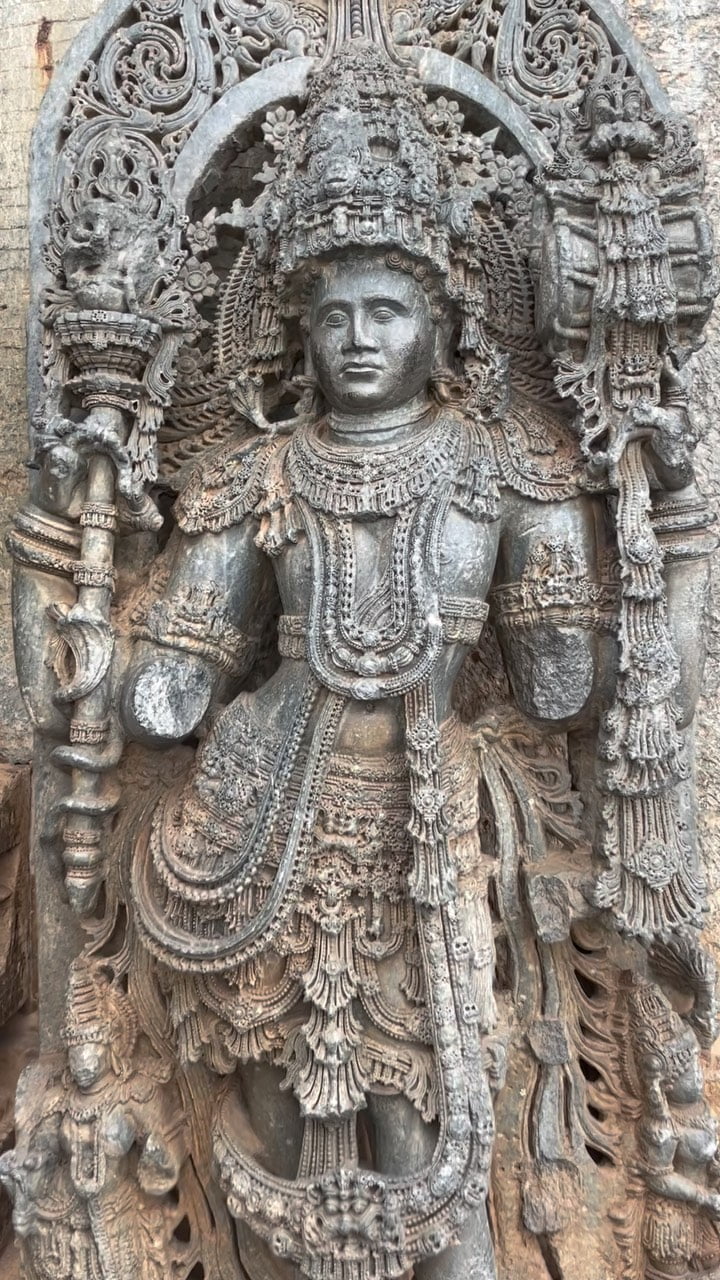A 7000-6000 year old burial of a young woman (aged around 20 when she died) and her newborn baby Found in Vedbaek, Denmark, this grave tells a tragic but curious story of a young woman and her newborn baby. The woman, who is thought to have been 20 years old at the time of her death, is believed to have passed away during the birth of her child, in which the baby did not survive. What makes this burial particularly intriguing is the presence of 200 red deer teeth placed by the woman’s head and the newborn cradled in a swan’s wing with a flint knife set at its hip. The presence of animal parts suggests that the people in this area greatly appreciated nature. It shows that the people at this time used different essentials available in their environment to perform rituals or to create art.
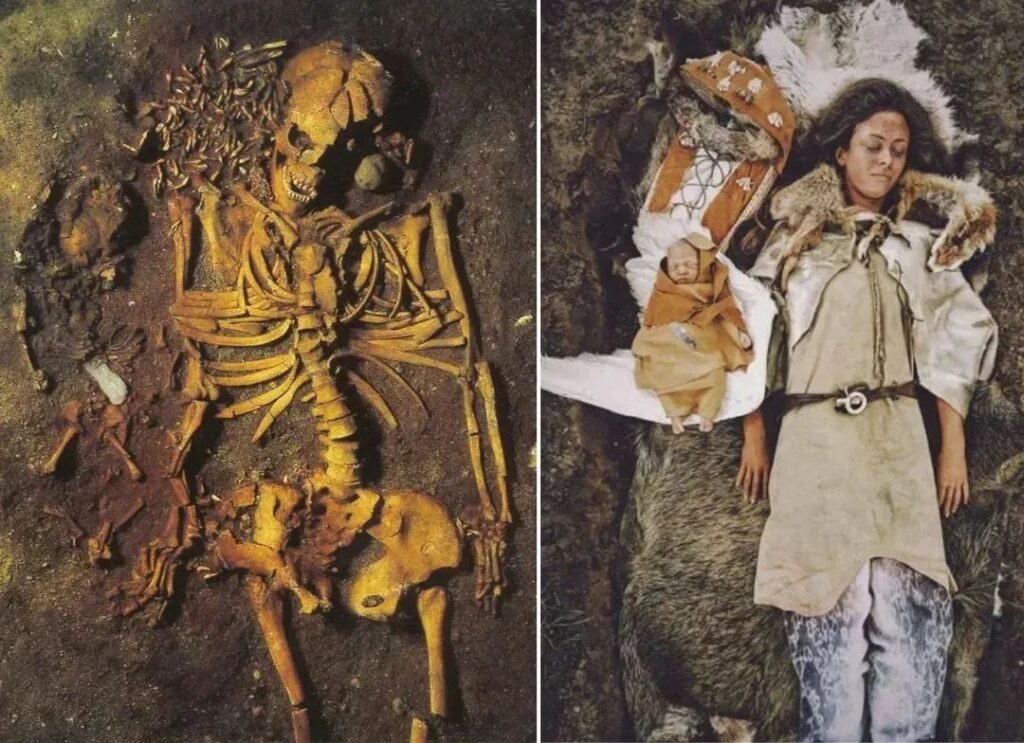
In the quiet town of Vedbaek, Denmark, a historical treasure lies beneath the soil—a burial site that whispers a poignant tale of a young woman and her newborn child, dating back to a staggering 7000-6000 years ago. Let’s delve into the intriguing details of this ancient discovery and unravel the mysteries it holds.
The focal point of this archaeological marvel is a young woman, presumed to be around 20 years old at the time of her demise. What makes this discovery particularly heart-wrenching is the revelation that she passed away during childbirth, a sorrowful event that also claimed the life of her newborn baby. As the layers of history are peeled away, what emerges is a burial site adorned with unique and perplexing elements. Positioned by the woman’s head are 200 red deer teeth, arranged with a meticulous precision that sparks curiosity. What significance did these teeth hold in the lives of the ancient inhabitants of Vedbaek?
The inclusion of animal parts in this burial hints at a deep connection between the people of Vedbaek and the natural world. The 200 red deer teeth not only serve as a testament to their appreciation for nature but also raise questions about the role these elements played in their rituals and customs. A particularly captivating detail in this ancient burial is the positioning of the deceased newborn. Cradled in a swan’s wing, the infant rests with a flint knife delicately placed at its hip. This artistic arrangement prompts us to contemplate the cultural significance behind such a presentation. Was it a symbolic gesture, or did it carry a deeper, ritualistic meaning?
Examining this burial site offers a glimpse into the lifestyle and practices of the people who once called Vedbaek home. The utilization of natural elements, such as swan wings and red deer teeth, reflects a resourcefulness and a keen awareness of the environment. It becomes evident that these ancient communities ingeniously incorporated elements from their surroundings into their rituals and artistic expressions. As we reflect on this archaeological marvel, it’s essential to recognize the significance of connecting with our ancient past. The Vedbaek burial serves as a poignant reminder that even in the face of tragedy, our ancestors found ways to express their beliefs and pay homage to life and death.
